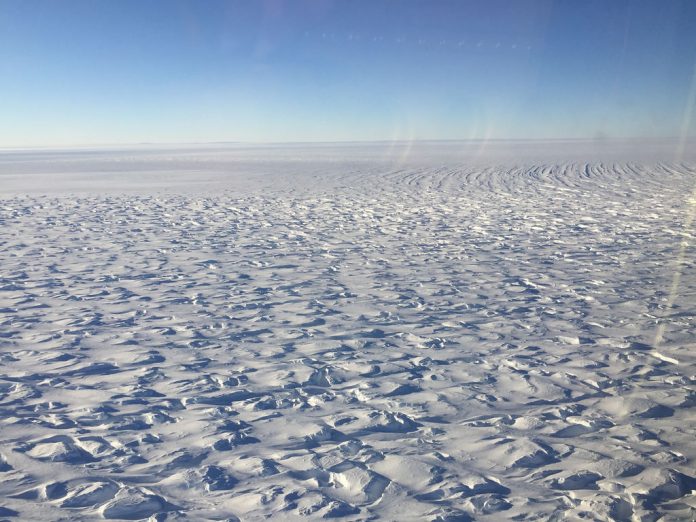
The United States and the United Kingdom have joined forces in order to figure out the progressive meltdown of glaciers in Antarctica known as the Thwaites Ice shelf, this being the largest American British collaboration in nearly 70 years. This massive scientific project will now count with the British submarine Boaty McBoatface to assist the research.
This crisis will involve more than 100 scientists and it will begin in the latter half of this year. This research could explain major catastrophes and help mankind prevent them, like the already imminent threat of the rising sea level around the world, to which the melting of the Thwaites Glacier could have a massive impact on climate change and the West Antarctic Ice Sheet.
About Boaty McBoatface
The ship was assigned to this mission by the Natural Environment Research Council. This autonomous submarine is designed to collect data and intel underneath the ice’s surface and could heavily influence the research on the now called “Doomsday Glacier”, that as of today accounts for 4% of the global sea level rise according to the Natural Environment Research Council.
#HometimeReading: Scientists from the UK and US are working to examine the stability of the Thwaites Glacier in #Antarctica (with help from Boaty McBoatface!) Via @BBCScienceNews https://t.co/fCOdo1wQck
— Defra UK (@DefraGovUK) May 1, 2018
The Thwaites Glacier research
Scientists intend to reduce their uncertainty about the likelihood and estimated times of the complete melting of this Glacier. Since it has been labeled as an international priority, the U.S. National Academy of Sciences, Engineering, and Medicine has been developing technologies and capabilities to predict the amount of ice loss from the West Antarctica Sheets.
It has been reported that the cause of the glaciers drain has been doubling up since the 90s and are roughly the size of the entire British Isles. The Ice Glacier generates floating ice that will eventually melt, due to the cooler water progressively heating a grounding line of the Glacier, causing the mass of ice to retreat.
1. I wanted to add some additional notes this morning on why it is such a big deal that the U.S. and UK are jointly spending tens of millions to send some 100 scientists – and Boaty McBoatface! — to study Thwaites glacier, Antarctica. https://t.co/h2q2Wa1Osi pic.twitter.com/FVyLOlwnBh
— Chris Mooney (@chriscmooney) April 30, 2018
To further explain this phenomenon William Easterling, NSF assistant director for Geosciences said: “To answer the key questions of how much and how quickly sea level will change requires scientists on the ground with sophisticated equipment collecting the data we need to measure rates of ice-volume or ice-mass change.”
The hardest issue scientists are facing right now is how to conduct fa fieldwork of this magnitude in such a harsh and remote place, Easterling said that the first need scientists require is for countries to collaborate by giving their logistical resources to enable further research on the glacier, as field work is heavily conditioned.
Source: BBC











